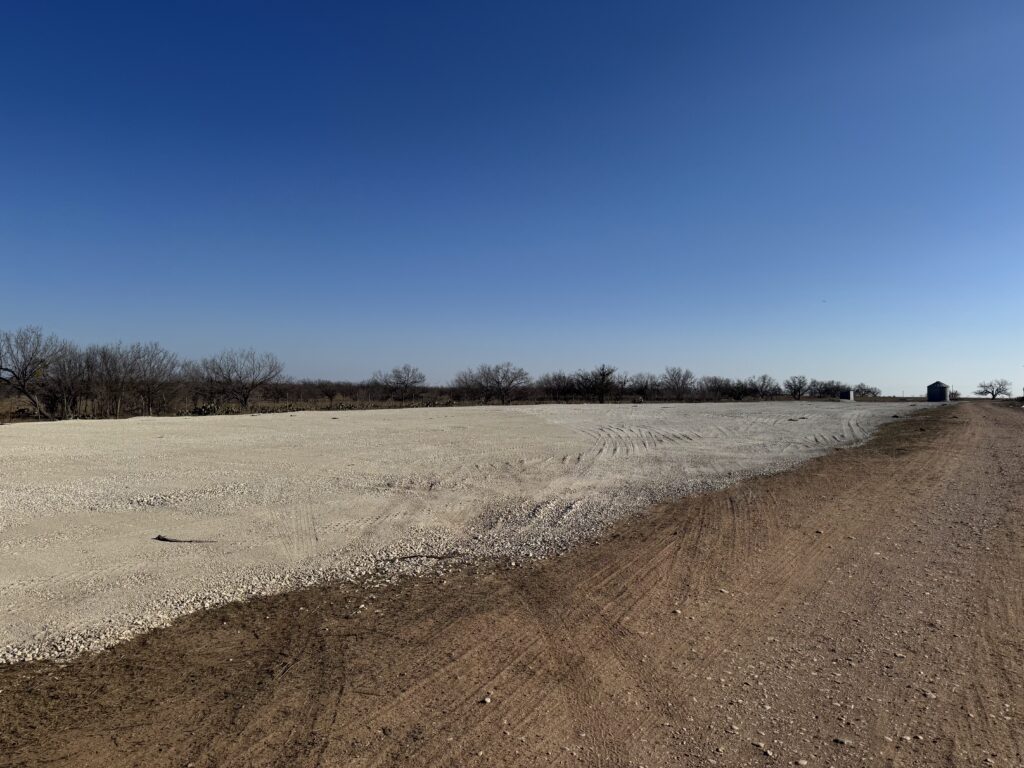The University will begin building a solar farm on a property west of campus to enhance its sustainability efforts. Operations purchased the solar panels, which will be installed in the coming months.
The 18-megawatt solar farm will be located just north of Abilene on one of the university’s properties. According to pkenergypower.com, one megawatt of power can supply energy to 500-1,000 houses for one hour.
The array was decided on and purchased to generate revenue through producing energy and selling it back to the grid. This process has been carried out across the campus in other energy-generating ways.
“That enables us to continue to provide upgrades to this campus,” said Kevin Campbell, Senior Vice President of Operations.
Most of the revenue generated goes back into the campus to cover costs and allow for business to go on as usual. However, there is some funding that is set aside every year that goes toward upgrading things on campus.
“We needed some additional capital to make more substantial improvements,” Campbell said. “We studied the solar opportunity for us, and the math showed it made sense for us to use that.”
The additional capital will allow for major improvements to continue to be made throughout the campus.
Campbell said the current efforts towards sustainability seen on campus are aimed toward being good stewards while not compromising the experience of students and community members.
“We’re trying to continue to find ways to continue to be more efficient with the utilities that we spend,” Campbell said. “All while not impacting the student experience in a negative way.”
With this mindset and path of action comes years of preparation and research before decisions can be made. Campbell also said they have been looking into this concept for three or four years while being ‘full throttle’ on solar for about the last year.
With any investment comes risks, and this project is no exception to that. With this solar project in West Texas, the biggest risk comes from damage. The risk of hail, tornadoes, and various wind-related damages warrants a large amount of concern and preparation.
“We will have insurance to mitigate those risks,” Campbell said. “But the single greatest risk on this project is our ability to sell the electricity for the next 30 years.”
The life cycle of the solar farm is set to be 30 years. This means that over the 30-year period, Operations will be able to generate energy, sell it off to the grid and maintain a sustainable model for sustainability as a campus.


Leave a Comment:
You must be logged in to post a comment.